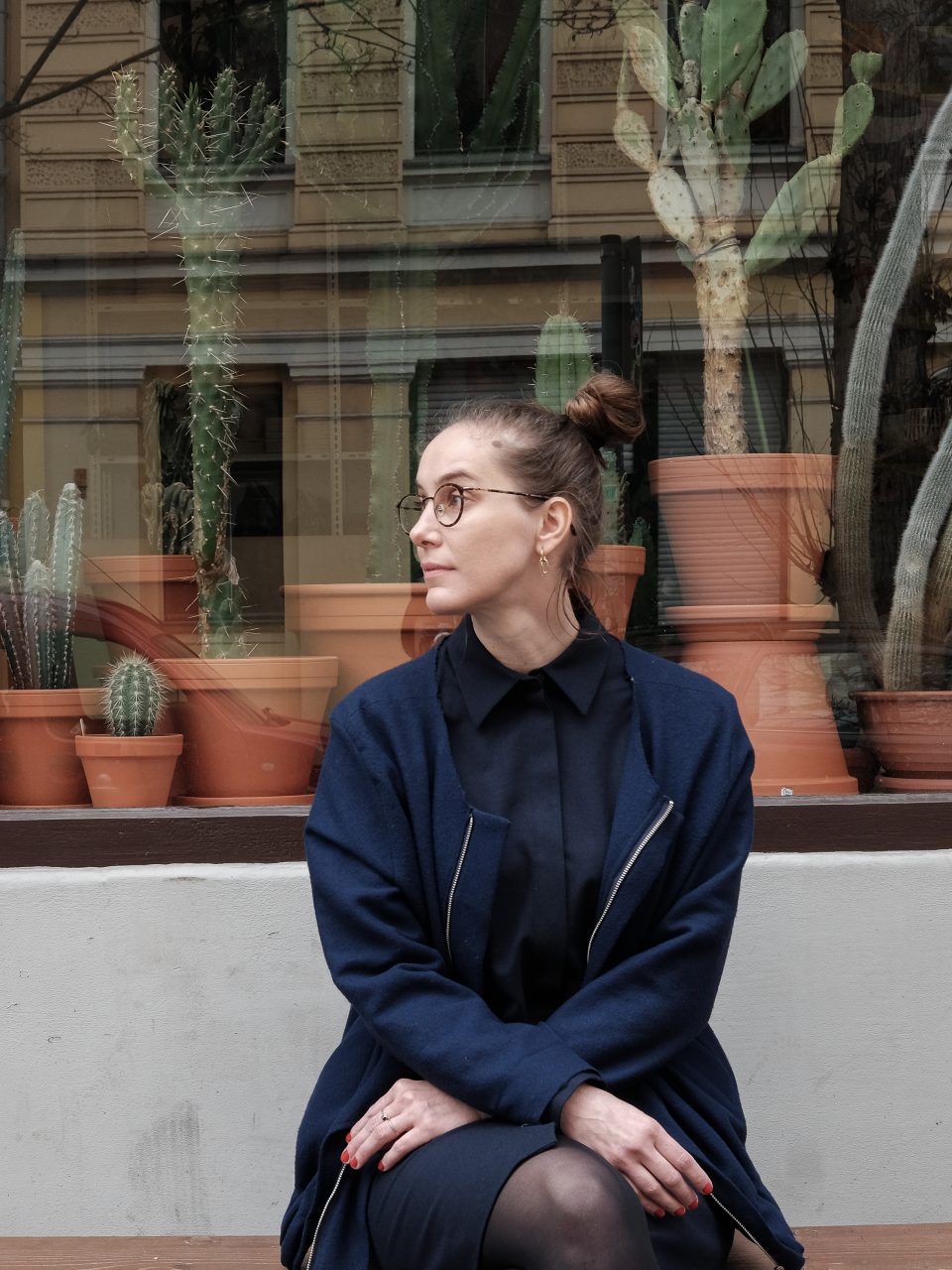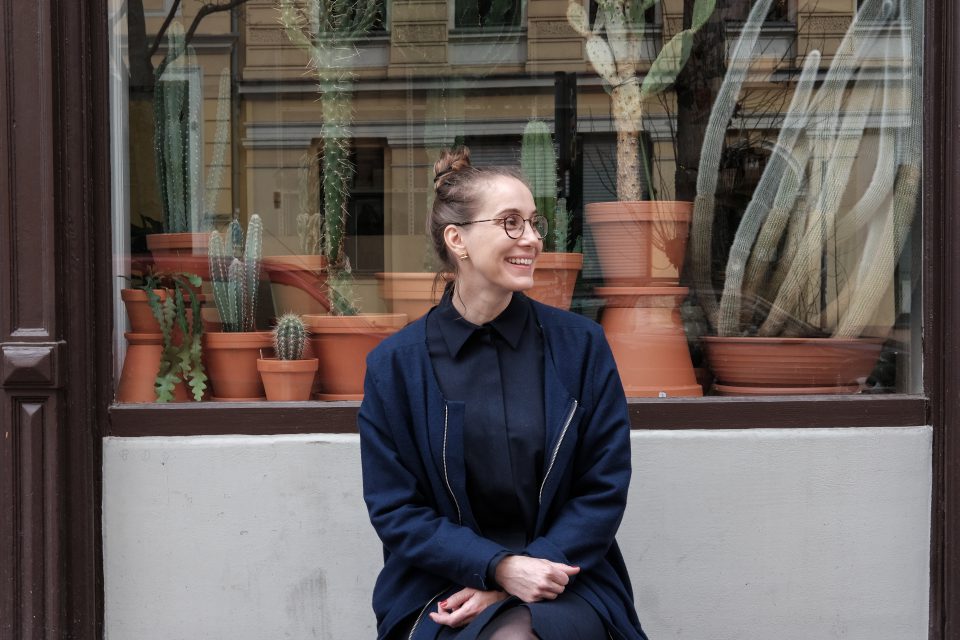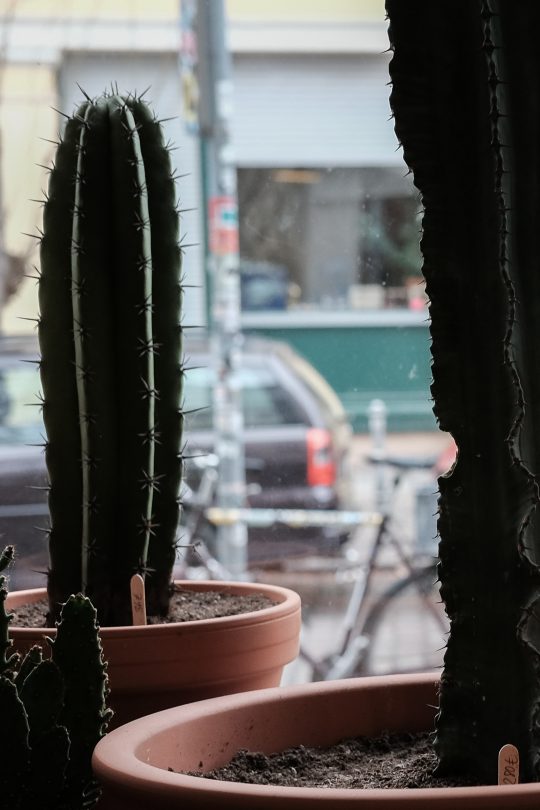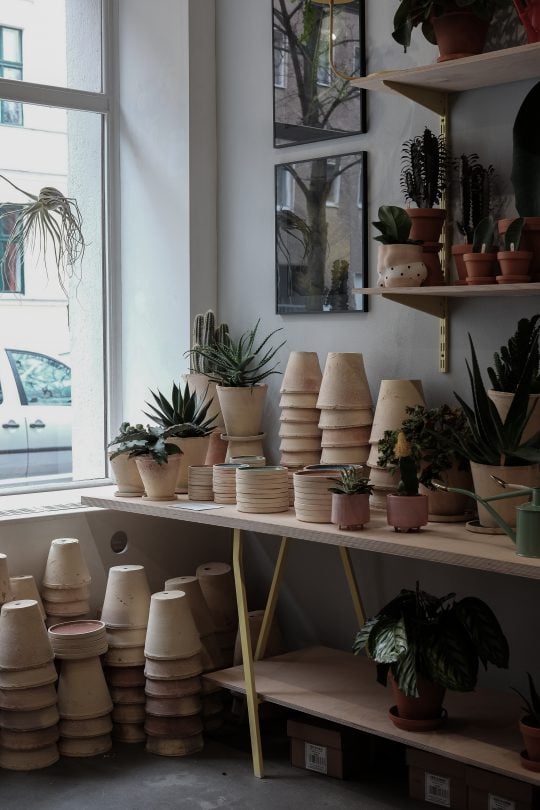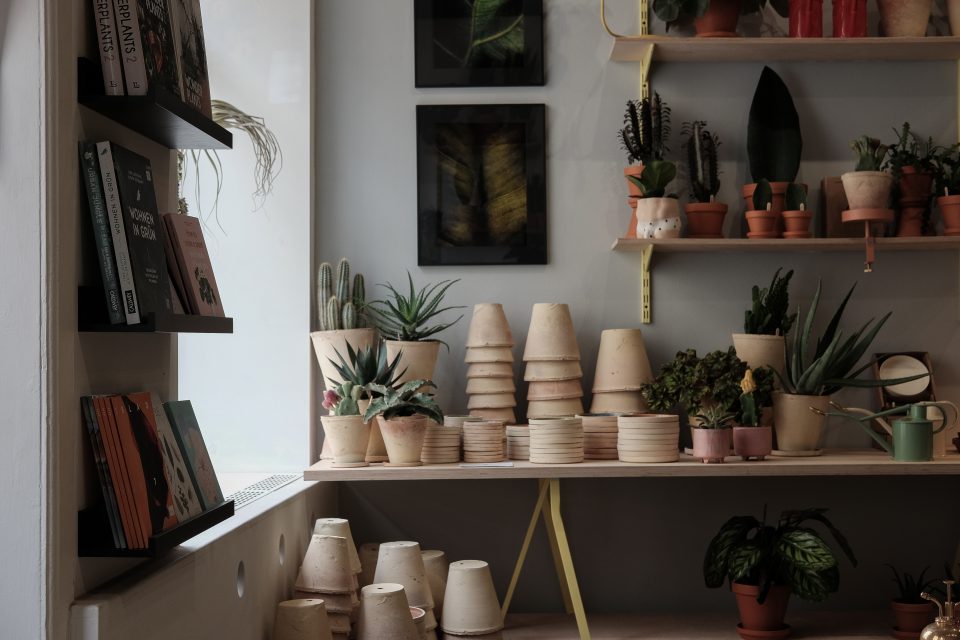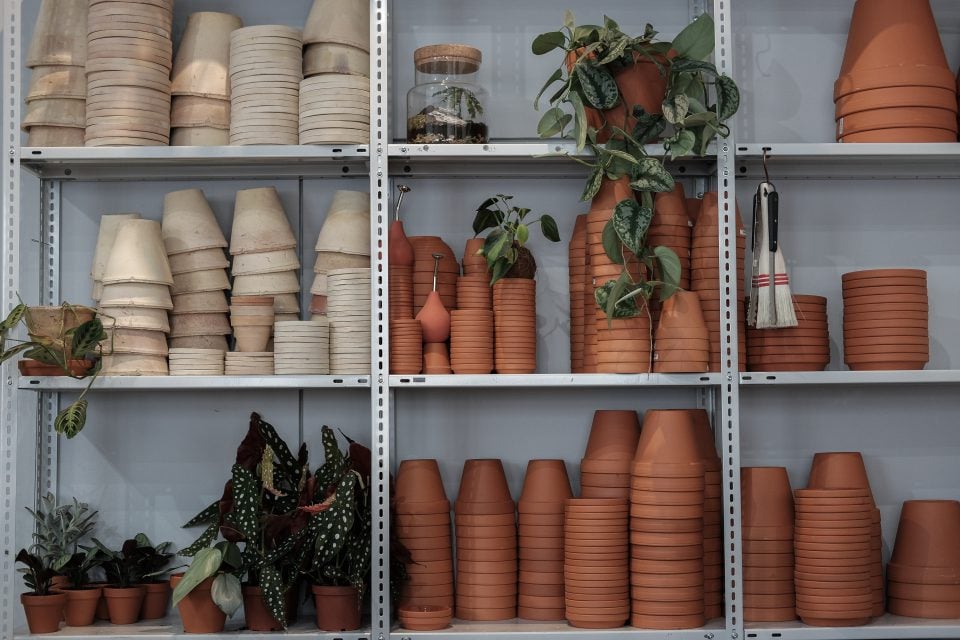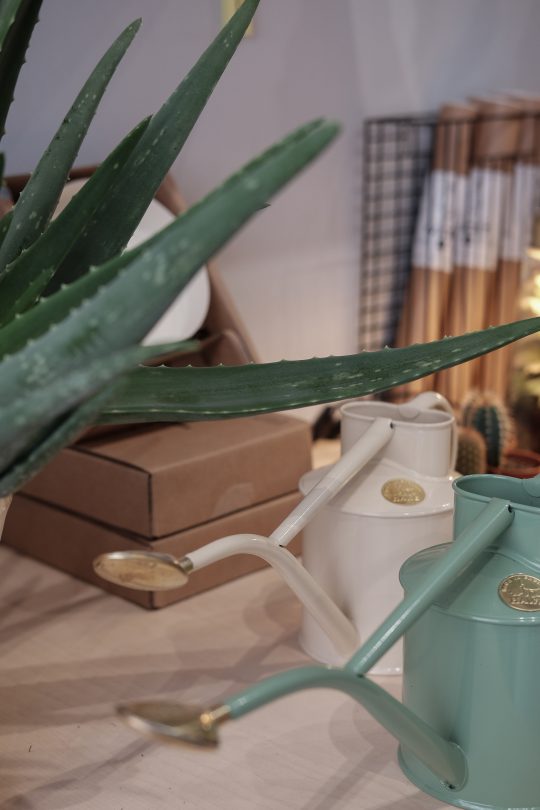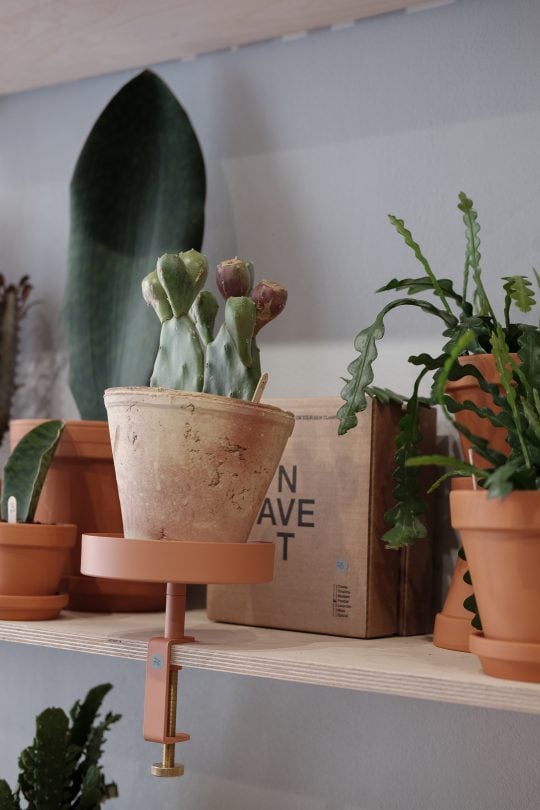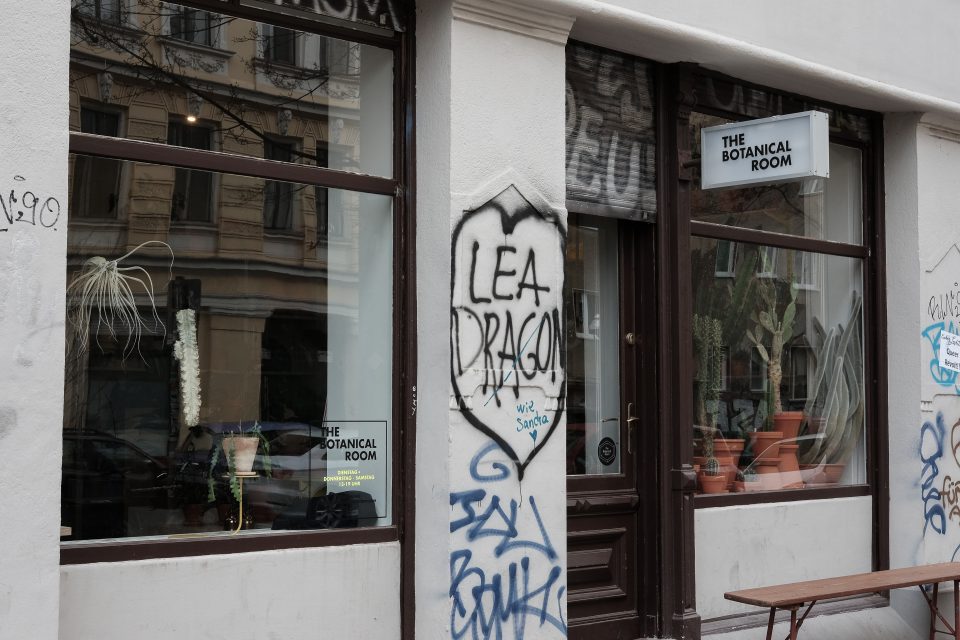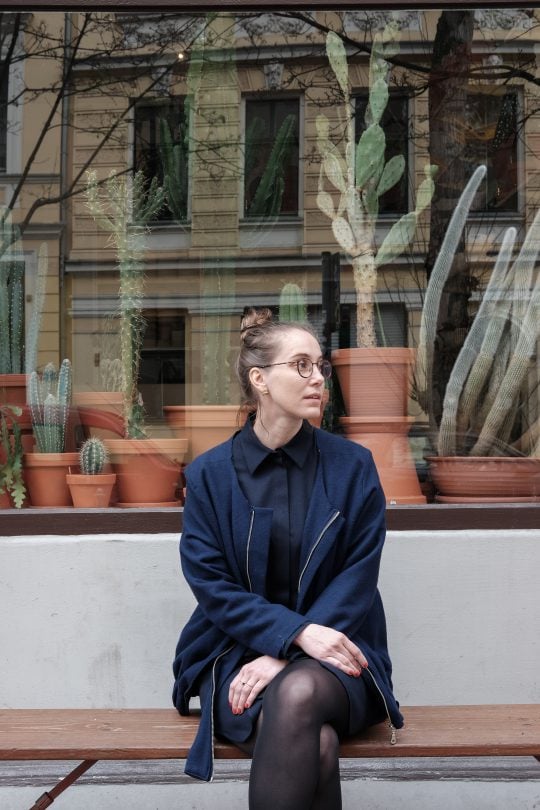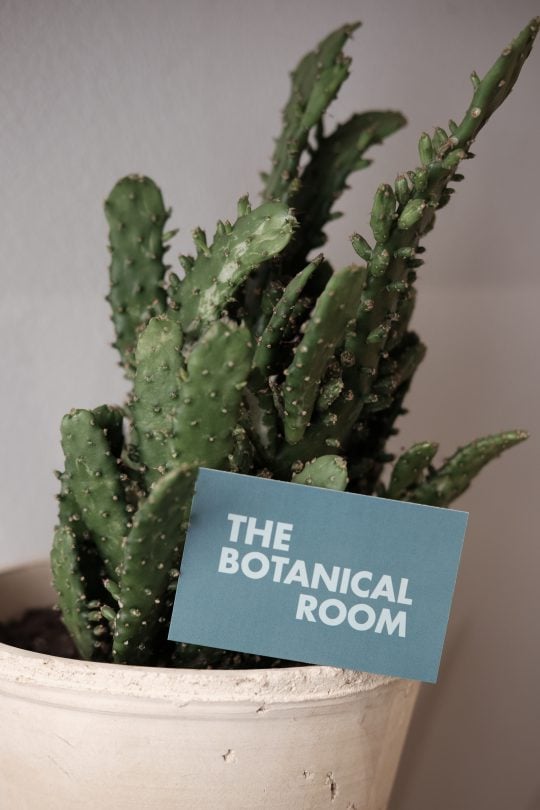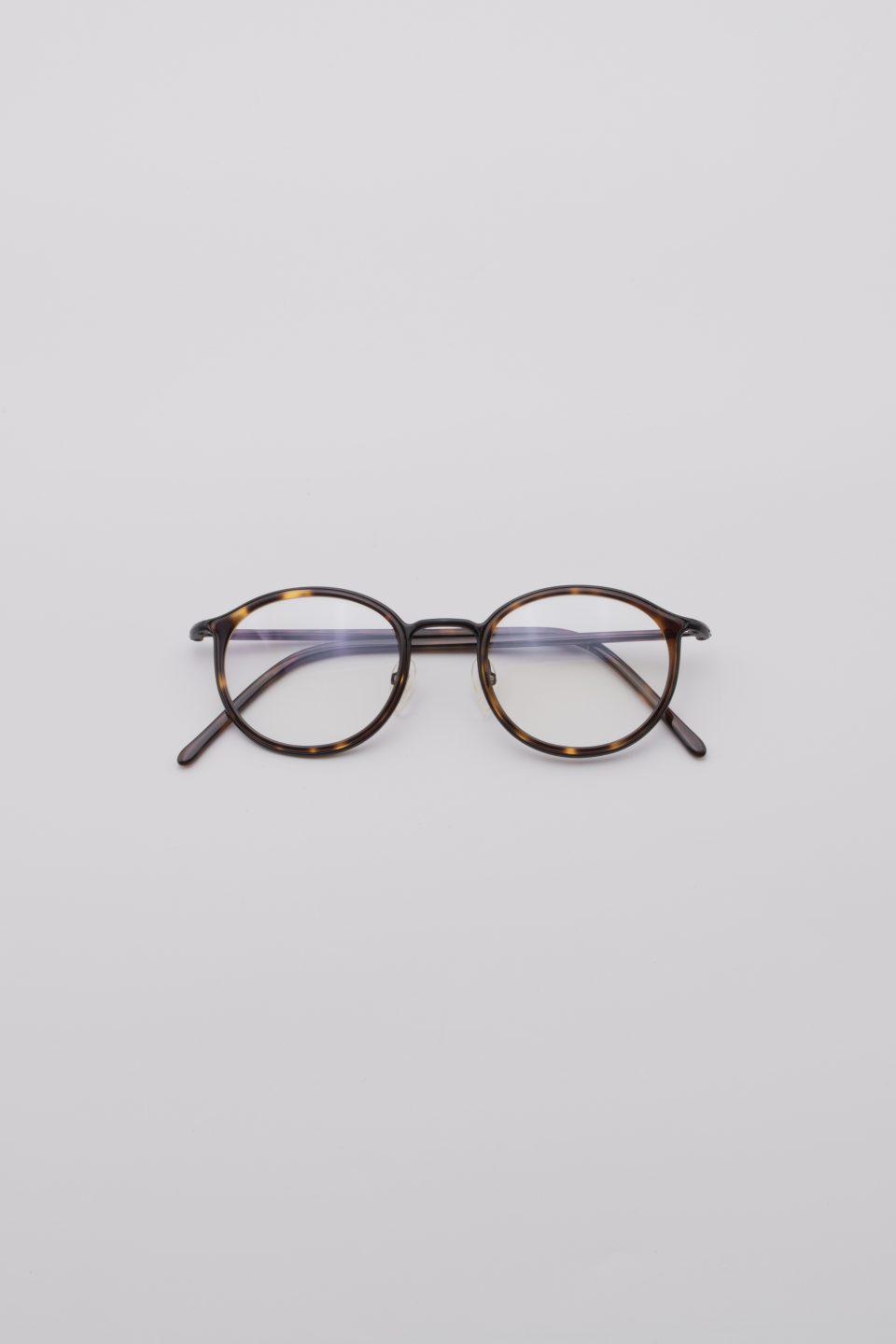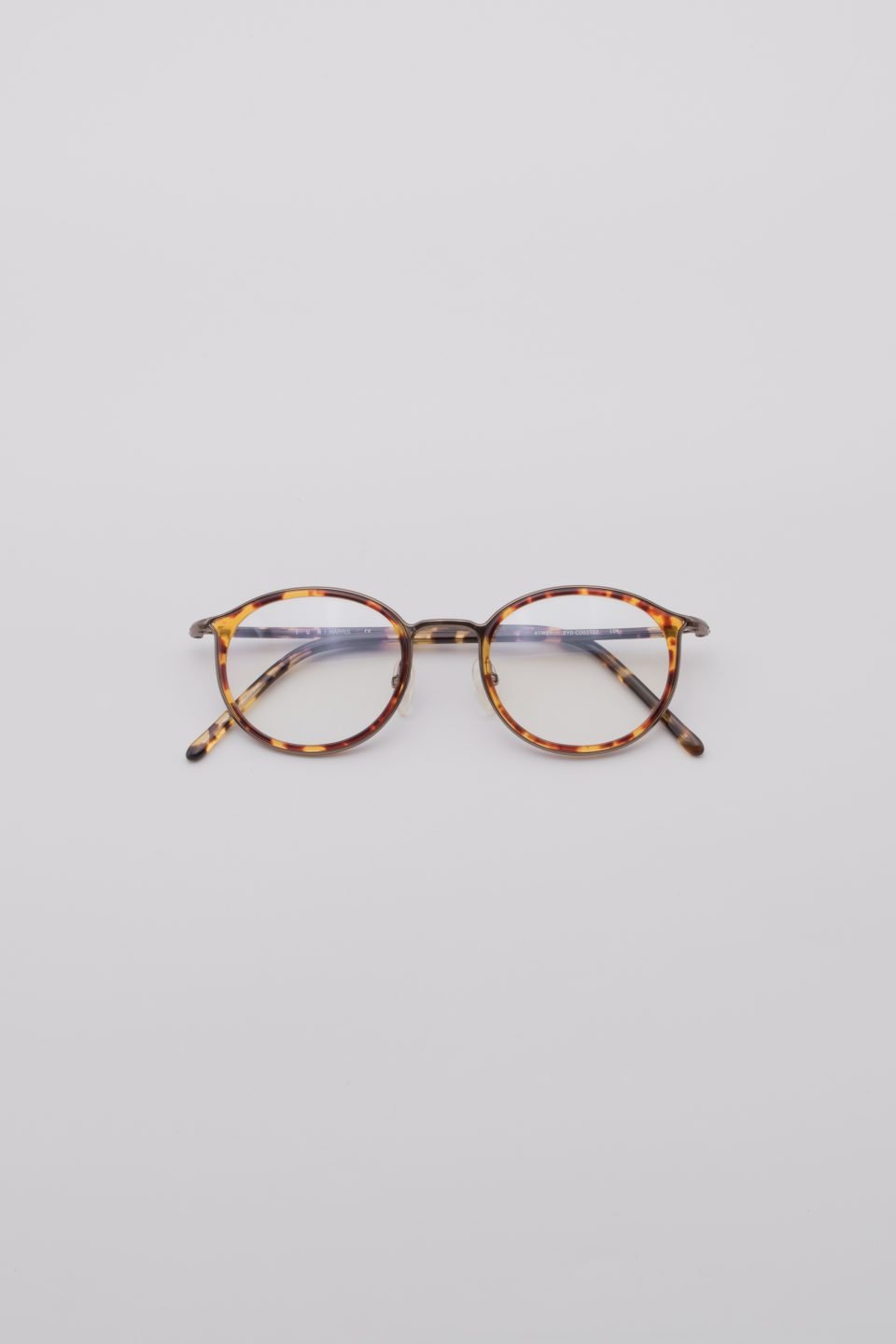THE BOTANICAL ROOM
We met with the founder of Berlin's coolest plant shop, The Botanical Room, where we discussed what it's like to own a blooming business and an undying love for exotic plants.
WHERE PLANTS ARE FRIENDS
(4 MINUTE READ)
The Botanical Room is a place for selected houseplants and contemporary botanical design products in line with architecture and interior. We met founder Hanni in her store to talk plant life, supporting young designers, and her mission to free houseplants from their previously dusty image.
In short: Why did you open The Botanical Room?
Honestly, out of sheer frustration and lack of alternatives: Whenever I searched unseen and unique plants they were so hard to find. Everything was more or less the same, boring and uninspiring. House plants seemed to be stuck in their 70s-outdated-office-time. And finding cool pots and accessories was even harder – mostly plastic mass ware or ceramics in boring shapes and colours. I said to myself it can’t be that there is no place offering both nice plants and accessories, so I had to do it. And so The Botanical Room was born in 2016.
What makes The Botanical Room unique?
I select all products and plants myself and change the product range regularly to continuously surprise my customers. I focus on aesthetics, functionality and zeitgeist. We do our own collaborations and support small, independent producers, product designers, illustrators, or ceramic makers.
”I want it to be more than a shop, a place for plants and modern design, and the combination is unique in Berlin.”
The store is a personal, relaxed place and many regulars keep me updated on the process and growth of their plants. Personal advice is important even if it can mean we have to send you home without a plant as your location or lifestyle is not plant-friendly. I want every plant to live and grow with my customers, for a lifetime.
How do you seek out and collaborate with young designers, what criteria is essential for you?
I want to know where all products are produced and sell no mass ware and have personal contact to all brands and artists I work with. I am always on the lookout, online, on markets in the neighborhood or while travelling. Through artists I work with already, suggestions, or sheer luck. Something about the product has to captivate me; it can be the form, color combination, or something indescribable. I rely on my guts telling me yes and so far this worked quite well for me.
Have you always been a plant lady?
As a child I’ve been outside a lot, roaming the woods, building tree houses, saving plants from the trash and nursing them back to life. I learned everything about plants in my parent’s house and garden, how to care for them, repotting, layering, growing vegetables and scaring off slugs! When I moved out I kind of lost interest but gradually the plants came back into my home. I clearly remember the first one – a Ficus Ginseng looking like a furry broiler – I had to take him home. His name is Herrmann and he still lives with me.
Why this fascination with plants?
Of course there is the visual aspect, all those different forms and shapes, sometimes almost surreal; leafs that are huge, tiny, pointed with curly edges or circular, surfaces that range from velvety soft to artificially smooth and shiny. The colors and patterns nature can produce, leaves appearing painted or digitally designed, with silver dots or pink lines, is truly fascinating. Plants are green sculptures, works of art. And I see plants as my green roommates that I live with, that constantly change, grow and sometimes also die over the years. I get really excited when I see new leaves growing, or it can take years until a plant will bloom and suddenly there are these beautiful blossoms. Truly amazing.
Do you have a favorite?
That’s ever changing, but I prefer big and geometric plants to small and delicate ones; architectonic shapes and huge, old cacti. But mostly I like plants that do not need a lot of attention, I see after them once in a while if they are ok but otherwise they do their thing. I like them independent and proud! Currently it’s Licuala Cordata
Plants are quite en vogue and have conquered the homes and hearts of many. Will this continue?
I find it difficult to see plants as a trend. Home plants were never gone; they only have received more attention in the last two years and get staged on social media. My parents have had an urban jungle for decades but simply never take any pictures! I personally would love to see a comeback of palm trees – huge fan palms or old dragon palms that bow and grow in every direction.
Let us peek into your home – urban jungle or minimal plant set-up?
Oh I’d love to say it’s minimal! When I opened the store I made a promise not to buy new plants but as I take home all the sick plants from the store to nurse them back to life it is quite chaotic. I just can’t throw any away. I try to use the same clay pots to make it look more calm, but as I repair and glue all the broken ceramics from the shop it gets messed up again. So in my dreams it’s Le Corbusier, but in reality it is more Villa Villekulla.
You founded and now run The Botanical Room on your own. How do you keep motivated and inspired?
I talk with people that are important to me about the store, always, and probably annoy them every now and then, but as The Botanical Room is my baby I think about it almost all the time. I am a very visual person and get inspired by things I see and hear during the day: people, fashion, graphic and product design, architecture, art, social media, food. I scan everything I see for usability for the shop and make notes, draw connections, develop new ideas. I try to stay open to everything, and I need to leave Berlin regularly to come back with more ideas and inspiration.
The Botanical Room started online but the physical store in Berlin opened shortly after. Do shops today need both to be successful?
I think online and offline go hand in hand. Especially when selling plants the haptic is essential, feeling surfaces, textures, material. A physical space is also great to meet and connect with customers, to give the best advice and service. But not all have the luck and a store like this around the corner, and for those or dedicated online shopper is our web store. I try to display and describe all products as precise and lively as I can to bring the shops look and feel alive there. Online shops personally overwhelm me often when the range is too big, so I keep my assortment small and change it often. I think having a weak online presence or social media makes it harder for shops as this is where customers get inspired and informed first.
Service and wellbeing is crucial and you create a care card for each plant in the store. What advice do you have for our readers?
It’s better to water them less than more, and light is more important than water. Put your finger in the soil so check the humidity – a dry surface does not always mean a dry plant! Some plants get watered, cared, loved to death.
”Always pay attention to your plant but mostly just leave it alone. So learn to relax, your plant is better off alone than you might think.”
- The Botanical Room
- Manteuffelstraße 73, 10999 Berlin
- Tuesday, Thursday, Friday, and Saturday: 1 – 7 PM
- Sunday, Monday, and Wednesday: closed
- Shop online 24/7 @ thebotanicalroom.com and make sure to follow on Instagram for constant inspiration and #plantlove

